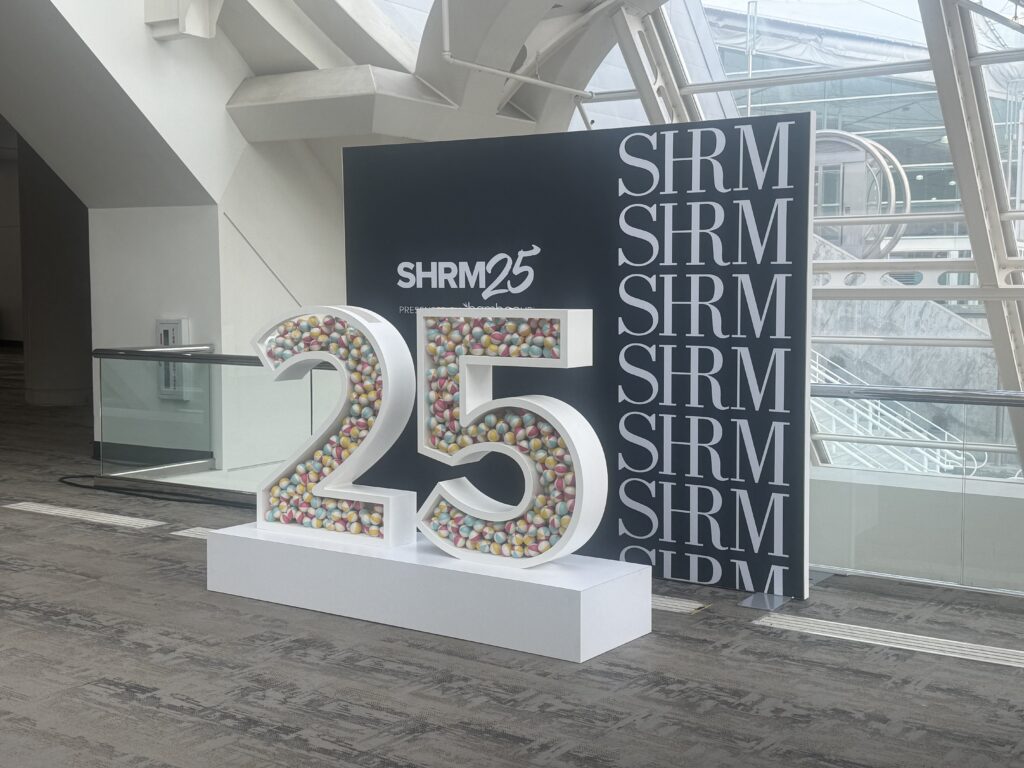The answer to the question “What is the national average for mileage reimbursement?” is pretty straight forward. But vehicle programs can be unnecessarily complicated. Technically speaking, mileage reimbursement is different from a car allowance. Yet people often group the two together and use them interchangeably. In this blog we’re going to break down the national average for mileage reimbursement, as well as other average vehicle program costs.
Popular Vehicle Programs
Companies typically use one or more of four vehicle programs: company provided vehicles, mileage reimbursement, car allowance and Fixed and Variable Rate (FAVR) reimbursement. While each of these programs has an average spend per driving employee (fleet being the most expensive at $12,816), company leadership generally wants to know the average rates of just two. Those two are mileage reimbursement and car allowance.
National Average for Mileage Reimbursement: The IRS Mileage Rate
If someone is looking for the national average for mileage reimbursement, more often than not, they’re looking for the IRS mileage rate. The IRS mileage rate is a rate put out by the IRS each year around December for the following year. While this used to be a rate at which unreimbursed employees could claim business miles on their taxes, that is no longer the case. Now the IRS mileage rate is simply a guideline for companies to follow. Reimburse at or below the rate and reimbursements will remain tax free. This rate is determined based on a number of factors. As of January 1 of 2024, it is $0.67.
Why do companies use the IRS mileage rate?
Companies use this rate for a number of reasons. First, it’s easy. The IRS makes their announcement each year. Companies make their adjustments and roll into the new year with the latest rate. They don’t have to put in the time to calculate a rate specific to their company or their employees. Why do that when the IRS has already gone through the effort?
Why companies shouldn’t use the IRS mileage rate?
The IRS mileage rate is simple for a company to implement. But that doesn’t mean it’s the best option for the company. To start, reimbursing at the IRS mileage rate is difficult to budget for. Mobile workers may have a slow month of 300 miles and see double that mileage the following week. T&E budgets are a notorious challenge and this vehicle program doesn’t make it easier.
This program also requires mileage logs that are compliant with IRS standards. Companies that haven’t enabled their mobile workforce with automated mileage capture apps expose themselves to risk of mileage fraud and potential IRS audit. Finally, the IRS mileage rate isn’t a fair reimbursement for all driving employees. We’ll dig into that later.
National Average for Mileage Reimbursement: The Average Car Allowance
Another popular vehicle program, a car allowance is a monthly stipend employers provide their employees for the business use of their personal vehicles. Now, this is not mileage reimbursement, so how could this answer the question “What is the national average for mileage reimbursement?”? As it happens, mileage reimbursement is such a standard across industries, it has become synonymous with “what do you pay employees for driving their personal vehicles for work?” And there is an average car allowance. In 2022 it’s $575 and the average has actually hovered at or around $575 for some time, despite fluctuations in the price of gas.
Why do companies use the average car allowance?
Before, we mentioned that companies use the IRS mileage rate because it’s easy. Well, the car allowance program is even easier. Companies simply schedule the same monthly payment for all mobile workers. Because everyone receives the same payment each month, it also makes the program very easy to budget for. Finally, some companies use a car allowance as a benefit. A newly hired executive may receive a car allowance of $800 as additional incentive. Sounds nice right? While that additional income sounds great, it has its problems.
Why should companies not use the average car allowance?
Car allowances may be easy and predictable, but they’re also a source of considerable tax waste. With a car allowance program, employees receive the same amount, regardless of the business miles they drive. They don’t submit the miles for each trip, which means the car allowances they receive aren’t substantiated by mileage logs. With nothing tying the stipend to the business driving, the IRS considers those payments “additional income,” making them taxable. That means employees receive less of the payment and employers pay more.
Now let’s say a driving employee has a hectic schedule and burns through that monthly stipend in three weeks. Any business miles they put on their car after aren’t covered by the company. Companies may take a number of approaches to correct this problem. Notably, adding a fuel card will only pour gasoline onto the spend issue on hand. While these are all notable issues, there is another issue the average car allowance shares in common with the average mileage reimbursement.
The Problem with Averages
The IRS mileage rate is determined through a number of factors and shared to apply to driving employees nationwide. Car allowances are generally the same amount applied to each driver across the company. The same issue exists with both of these methods: they do not apply to the driving individual. Just think about the price of gas. The prices to fill your tank in New York City are considerably higher than those in Little Rock, Arkansas. Even prices in the same state can vary greatly. And that’s just the price of gas. That isn’t considering the other costs of owning and operating a vehicle. Companies providing either a car allowance or mileage reimbursement will almost always end up over-reimbursing some drivers and under reimbursing others.
Ensuring Fair and Accurate Reimbursements
We’ve walked through two of the more popular vehicle programs: mileage reimbursement and car allowance. We also pointed out the benefits and the issues. We’ve even spelled out why companies use one or the other. There’s one more reason a company is likely to use a car allowance or a mileage reimbursement. They simply don’t know that other vehicle program options exist. Even if they’re unsatisfied with budgeting for a mileage reimbursement or the tax waste of a car allowance, if it’s all they know, why look for something else? What else is there?
Enter the fixed and variable rate (FAVR) reimbursement program. This program ensures employers reimburse employees for the fixed and variable costs of owning and operating a vehicle. Fixed costs include expenses that don’t fluctuate much, like insurance and registration. Variable costs include the expenses that do, like fuel, an oil change, tires and other maintenance. Unlike other vehicle programs, these reimbursements are specific to where the employees live and operate their vehicle.
Make Reimbursements Easy with Motus
At the top of this post, we promised to deliver a broken-down explanation of some fairly complicated topics. And it would be hard for anyone to argue that FAVR is simple or easy to stand up in house. Determining a specific rate for each individual driver in a vehicle program? That would be a tall order for any company without the expertise, technology or database to pull it off. Fortunately, with the right vendor, companies don’t have to think about their vehicle program again.









